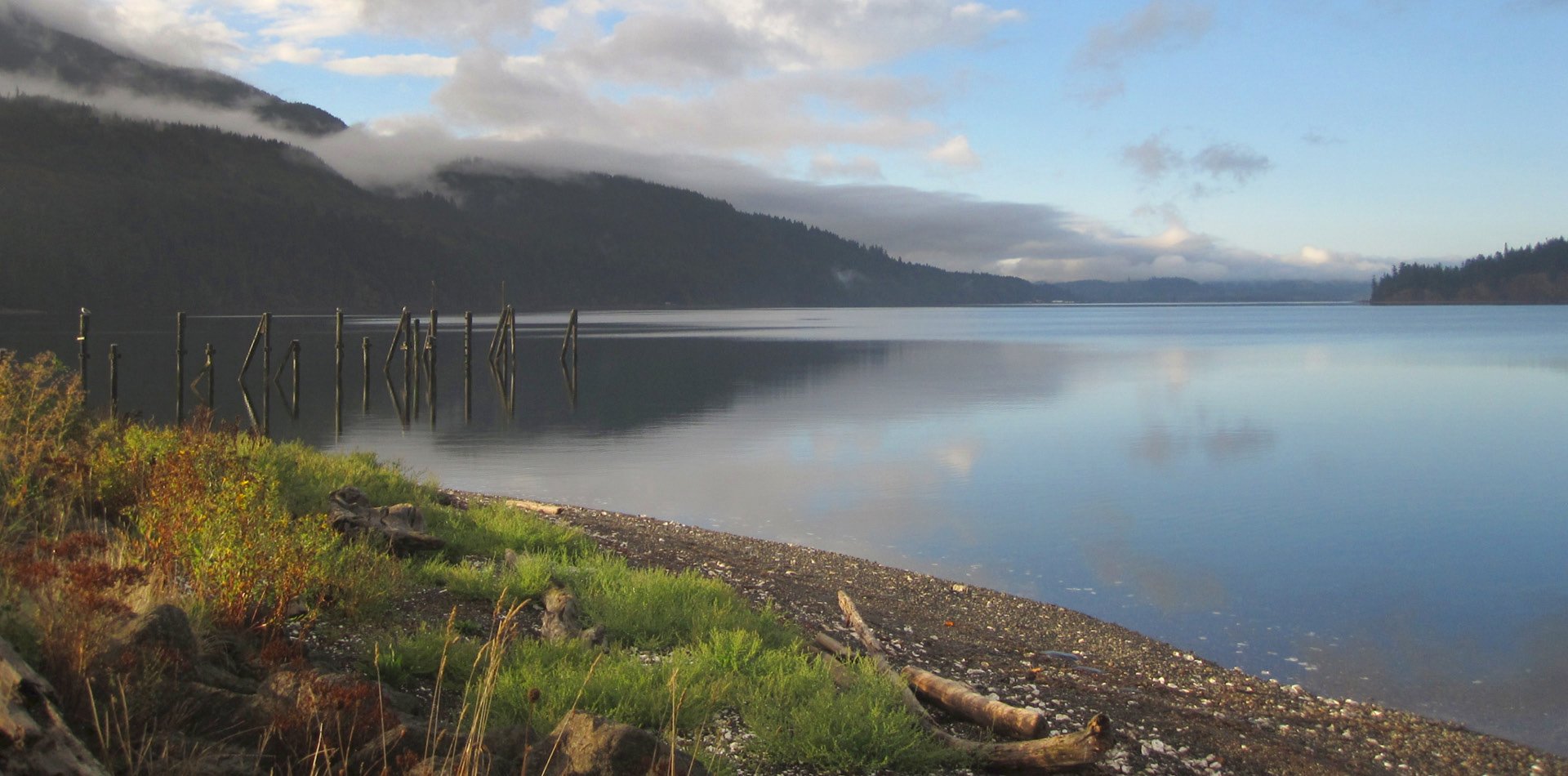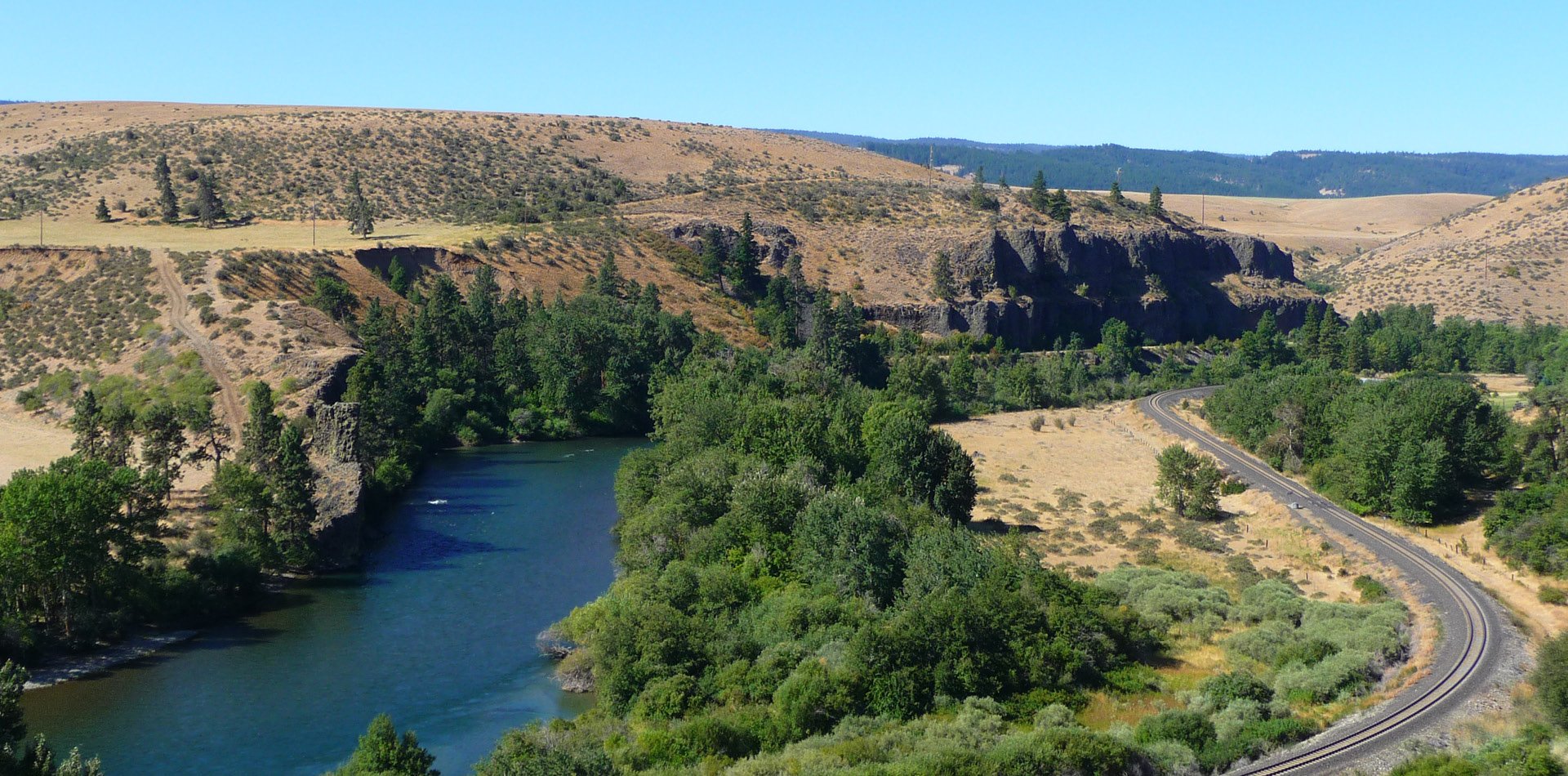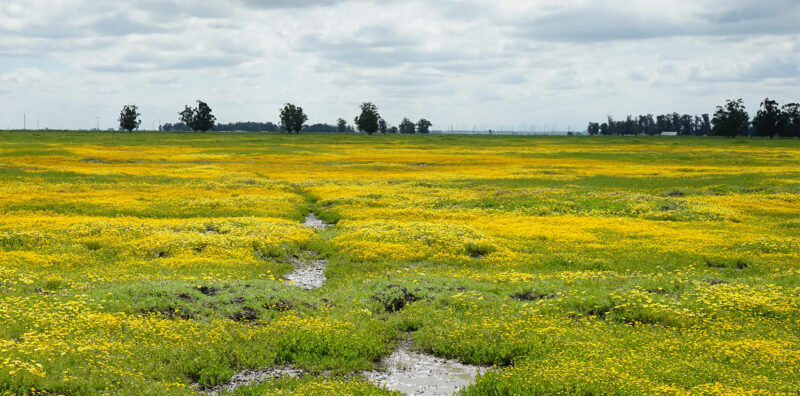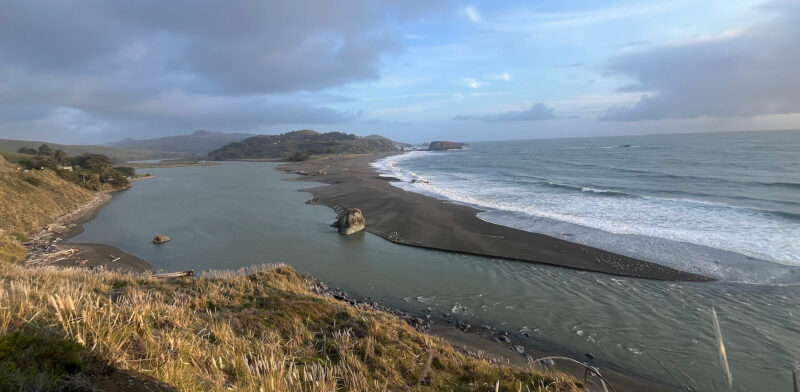To protect critical ecosystems and water supplies amid growing climate and regulatory pressures, ESA partners...
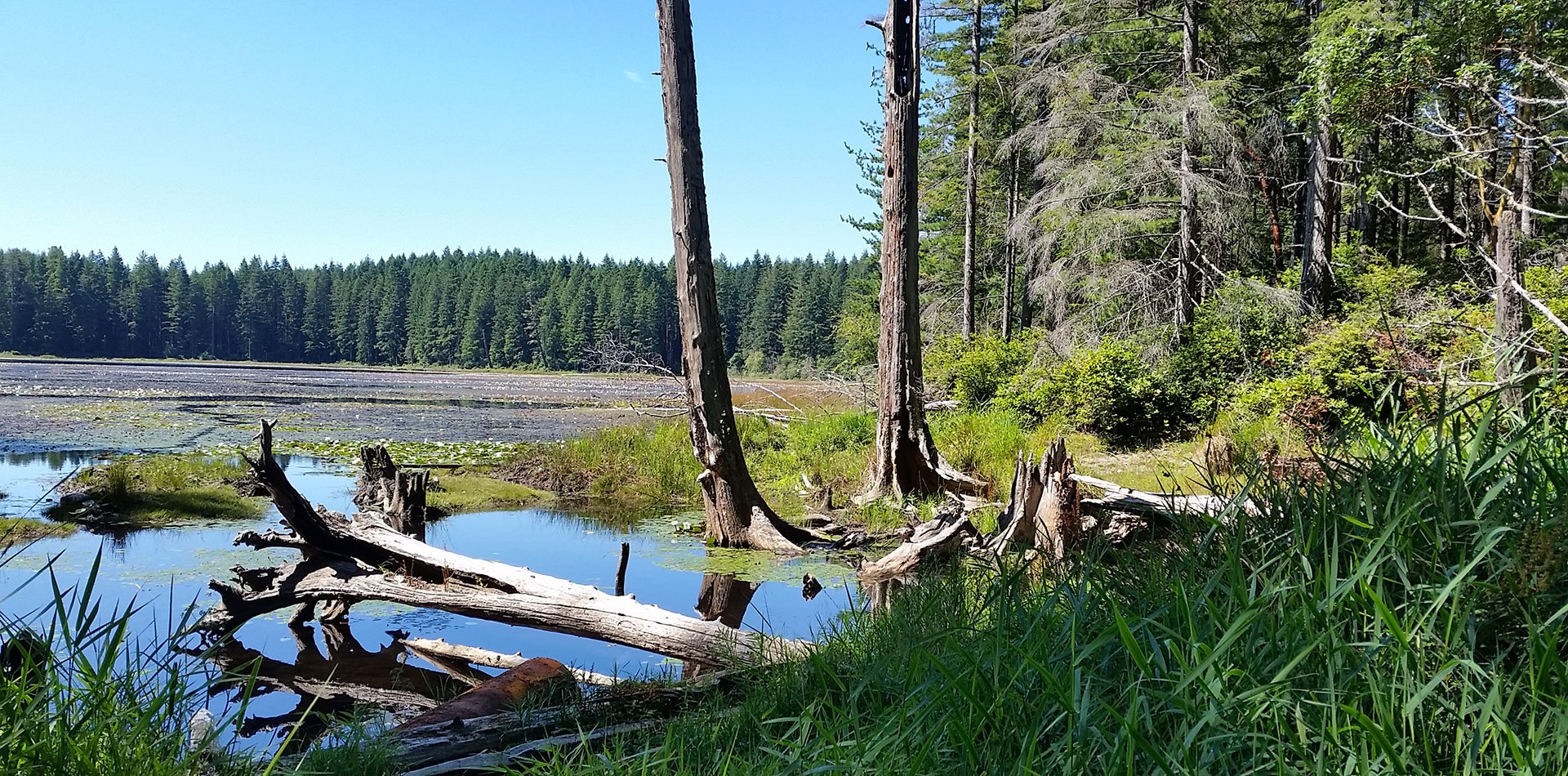
Blackjack Creek Watershed Assessment & Restoration Plan
The Suquamish Tribe is concerned about human induced impacts to the spawning, rearing, and migratory habitat of native salmonids in the Blackjack Creek watershed, and wishes to prevent further degradation and restore habitat-forming processes.
Why does this project matter?
The Blackjack Creek watershed covers an area of 12.3 square miles in eastern Kitsap County and is considered one of the largest and most productive salmon watersheds in the south Kitsap subregion supporting two genetically distinct runs of chum salmon, as well as Chinook and coho salmon, steelhead, and cutthroat trout.
What is ESA doing to help?
Through a science-based assessment, ESA assisted the Tribe in developing strategies and actions for the watershed, including its estuary and nearshore areas of Sinclair Inlet. ESA synthesized findings from existing data and studies and identified major data gaps; developed maps that display the location and condition of ecosystem components and key ecological attributes; identified and assessed human-induced pressures responsible for degraded ecology; developed watershed-level strategies and site-level actions to address pressure sources and stressors; developed a watershed protection and restoration plan; identified data gaps and topics of additional study; and coordinated with other entities.
The efforts assisted the Tribe in developing a complete and clear plan of distinct strategies and actions that can guide, inform, and ultimately meet its objectives for restoring watershed processes, including the stream, riparian and floodplain conditions, estuary, and nearshore habitats in this area of Puget Sound.
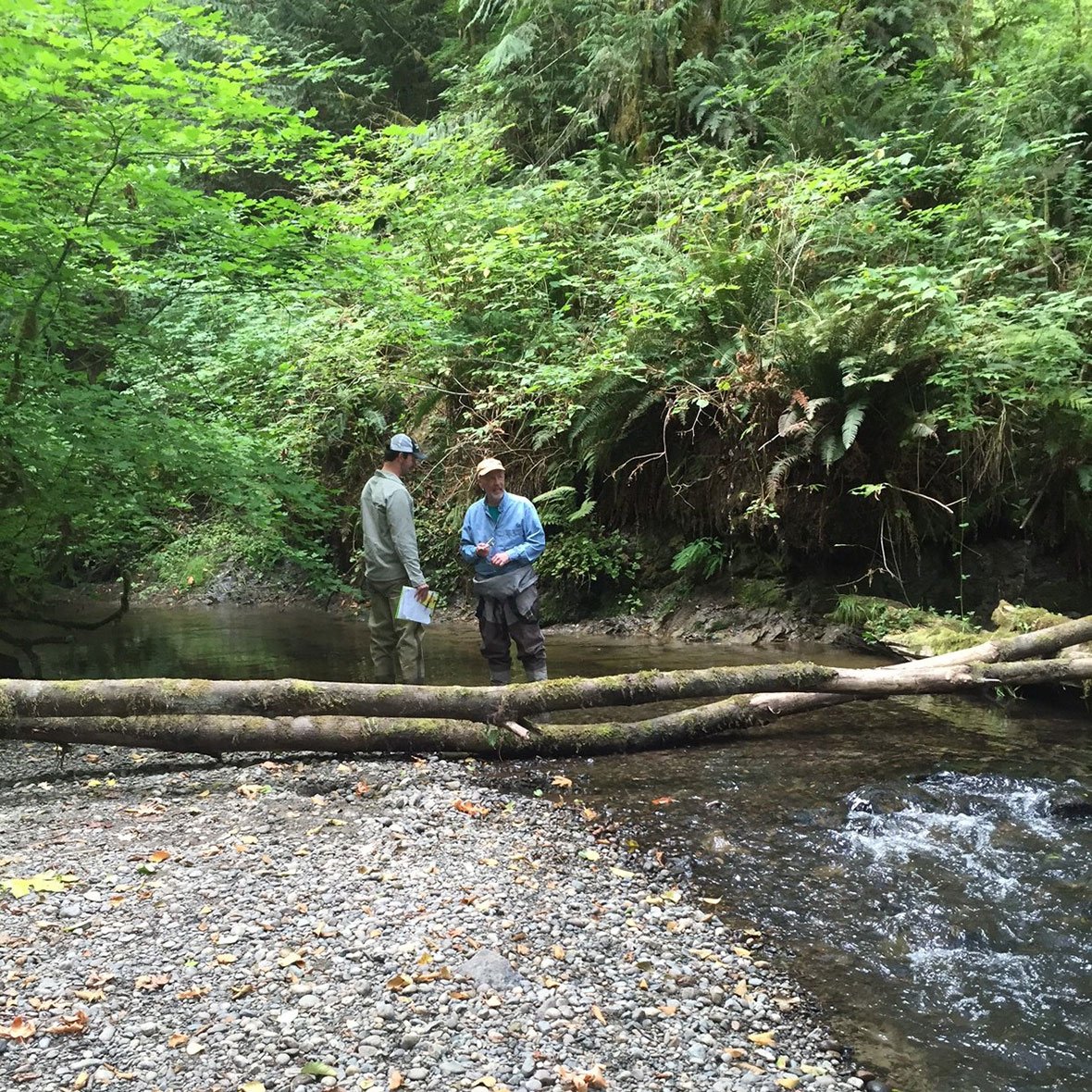
Similar Projects
News & Ideas
Just wrapped up my first Environmental Markets Conference (EMC) in Seattle last week, and wow,...
ESA is once again a proud sponsor for this year’s Environmental Markets Conference in Seattle,...
ESA is pleased to sponsor, present, and attend this year’s 42nd Annual Salmonid Restoration Conference...
ESA is excited to sponsor, present, and attend this year’s Annual Conference of the California...
Updated June 26, 2025: As announced by the U.S. Army Corps of Engineers on June...
